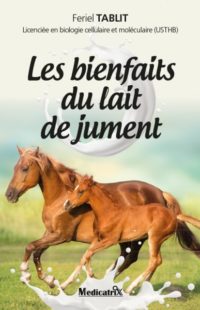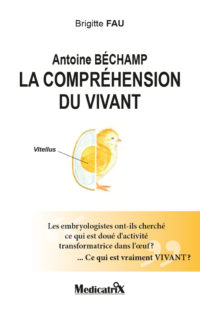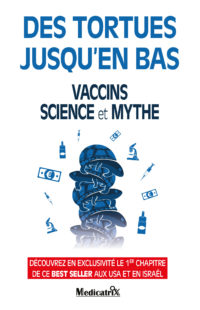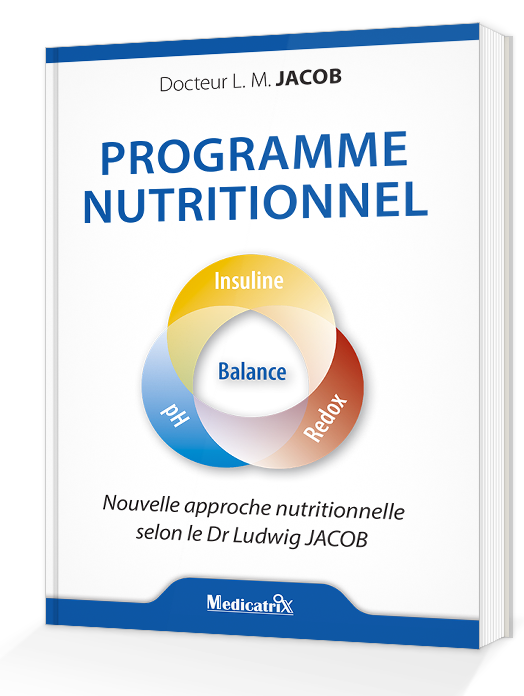BACKGROUND & AIMS:
[wpfilebase tag=file id=111 /]Punicalagin is an antioxidant ellagitannin of pomegranate juice. This compound is responsible for the high antioxidant activity of this juice. Nothing is known about the bioavailability and metabolism of punicalagin or other food ellagitannins. The present work aims to evaluate the bioavailability and metabolism of punicalagin in the rat as an animal model.
DESIGN:
Two groups of rats were studied. One fed with standard rat diet (n = 5) and another with the same diet plus 6 % punicalagin (n = 5). Samples of urine and faeces were taken during 37 days and plasma every week. The different metabolites were analysed by HPLC-MS-MS.
RESULTS:
The daily intake of punicalagin ranged from 0.6 to 1.2 g. Values around 3-6 % the ingested punicalagin were excreted as identified metabolites in faeces and urine. In faeces, punicalagin is transformed to hydrolysis products and partly metabolites by the rat microflora to 6H-dibenzo[b,d]pyran-6-one derivatives. In plasma, punicalagin was detected at concentrations around 30 microg/mL, and glucuronides of methyl ether derivatives of ellagic acid were also detected. 6H-Dibenzo[b,d]pyran-6-one derivatives were also detected especially during the last few weeks of the experiment. In urine, the main metabolites observed were the 6H-dibenzo[b,d]pyran-6-one derivatives, as aglycones or glucuronides.
CONCLUSION:
As only 3-6 % of the ingested punicalagin was detected as such or as metabolites in urine and faeces, the majority of this ellagitannin has to be converted to undetectable metabolites (i. e. CO(2)) or accumulated in non-analysed tissues, however with only traces of punicalagin metabolites being detected in liver or kidney. This is the first report on the absorption of an ellagitannin and its presence in plasma. In addition, the transformation of ellagic acid derivatives to 6H-dibenzo[b,d]pyran-6-one derivatives in the rat is also confirmed.

















